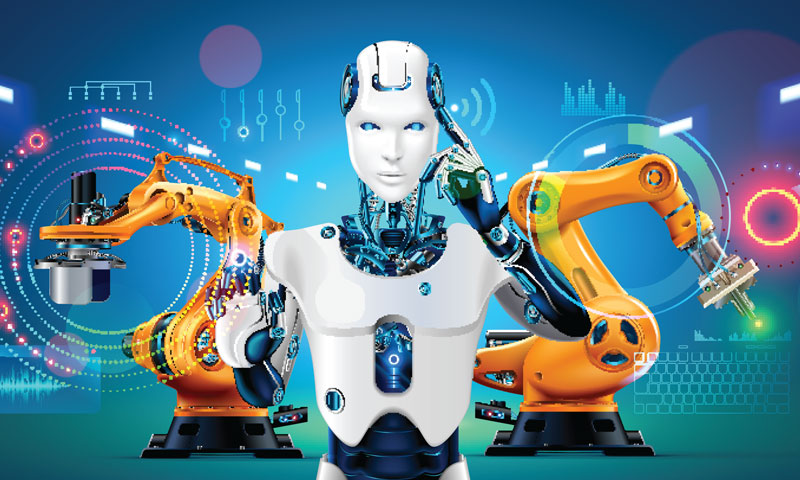Machines have been taking “our jobs” ever since they were invented. In fact, you could make a very strong case for arguing that every invention that has made a task faster and/or easier in some way has probably done somebody, somewhere out of a job.
Over recent years, however, the pace of technological development has really picked up and now “smart” technology is capable of performing more and more tasks, reducing the need for human labour, which poses some interesting questions.
Which sectors are most at risk?
PwC undertook research to see what jobs could feasibly be taken over by robots by the year 2030. They then divided these into industry sectors and calculated the percentage of human jobs at risk from “the robot invasion”. Their results make for interesting reading:
- Transportation and storage 56%
- Manufacturing 46%
- Wholesale and retail trade 44%
- Administrative and support services 37%
- Financial and insurance 32%
- Public administration and defence 32%
- Real estate 28%
- Accommodation and food 26%
- Construction 24%
- Arts and entertainment
- Agriculture, forestry and fishing 19%
- Health and social work 17%
- Education 9%
Why are these sectors most at risk?
Even though the term “Artificial Intelligence” suggests a high degree of sophistication, the fact remains that, at this point in time, most “smart” devices, are actually very straightforward. As such, they are currently only really suited to “tickbox” tasks or tasks that involve following a script laying out each and every step to follow.
In spite of its name, Artificial Intelligence is not even remotely “smart” about problem-solving, which is why it (still) needs human supervision. As an everyday example of this, think about unattended supermarket checkouts and their problems with “unexpected items in the bagging area”.
Therefore, the jobs that are most at risk are highly repetitive jobs and the sectors that are most at risk are the sectors that have a high percentage of these jobs.
The reason transportation and storage stands out so far amongst all other sectors is probably because, up until recently, driving vehicles has very definitely been a task for humans. In fact, it’s generally been a task that has involved (at least) one human per vehicle. The development of self-driving electric vehicles may, however, change this in a big way.
What are the implications for human workers?
When thinking of the implications for human workers, it’s worth remembering that jobs have been eliminated all through history – and they have been replaced by new ones. In other words, losing one particular job does not necessarily mean that a person will be out of work completely. They may simply move to another occupation.
In order for them to do this, however, they will need to have a level of education/training that allows them to undertake jobs that are beyond the capabilities of machines and/or where “the human touch” has a value in and of itself, such as in caring professions.
It would also be very much preferable for there to be close oversight of the impact of technology on lower-skilled workers to see if there ever comes a point when the use of technology overreaches itself and becomes detrimental to humanity as a whole, in which case, there might need to be governmental action or alternative plans made.

